In order to use a precise concept of resilience, we choose food supply to consumers as the central function in question. Tendall et al. (2015) provide a handy definition of food system resilience as:
The “capacity over time of a food system and its units at multiple levels, to provide sufficient, appropriate and accessible food to all, in the face of various and even unforeseen disturbances” (p.19)
Following this definition, consumer resilience is equivalent to accessibility to sufficient and appropriate food. A market-based understanding of food system resilience for UK consumers could be the maintenance of prices of a basket of food that meets nutritional requirements, even if the food system is impacted by external shocks.
This understanding allows for substitution between different foods in order to serve consumers’ nutritional needs. Nevertheless, consumer resilience is not detached from enveloping factors.
What use is a sawmill without a forest? (H. Daly)
In the short-run, food prices are set by those who sell food. In the medium-run, however, food supply requires economically healthy production systems. To attain a full picture capturing the critical feedback loops at work in social-ecological systems such as food supply (see Brzezina et al., 2016 and Nyström et al., 2019), we add two further resilience levels to consumer resilience.
The first concerns producers, and can be economically defined as the maintenance of sufficient profitability from the business of food production. The second is ecological resilience, which we define as the health of ecosystems such as soils and fisheries to continue providing harvestable food.
Figure 3: Theoretical framework of food system resilience based on three constitutive levels
This threefold definition of food system resilience as (1) resilience of consumers, (2) resilience of producers and (3) resilience of ecosystems helps to account for different time horizons and realities at different ends, which eventually are all constitutive for consumer’s accessibility to sufficient appropriate food.
Can resilience be enhanced?
This question motivates the RUGS project, specifically with respect to land-use, trade, policy leverage, and market power. Specific answers are case-specific, but general system resilience properties we might target include absorbing buffer capacities (resources), reactive flexibility, restorative capacity, disturbance exposure and learning capacity, robustness, redundancy, diversity, autonomy and independence, connectedness and interdependence (Cabell & Oelofse, 2012; Speranza et al., 2014; Tendall et al., 2015).
These properties can sometime be in conflict – absorptive capacity for example might reduce transformative capacity at the same time (Doherty et al., 2019). Thus, it is worth analysing resilience from different perspectives.


